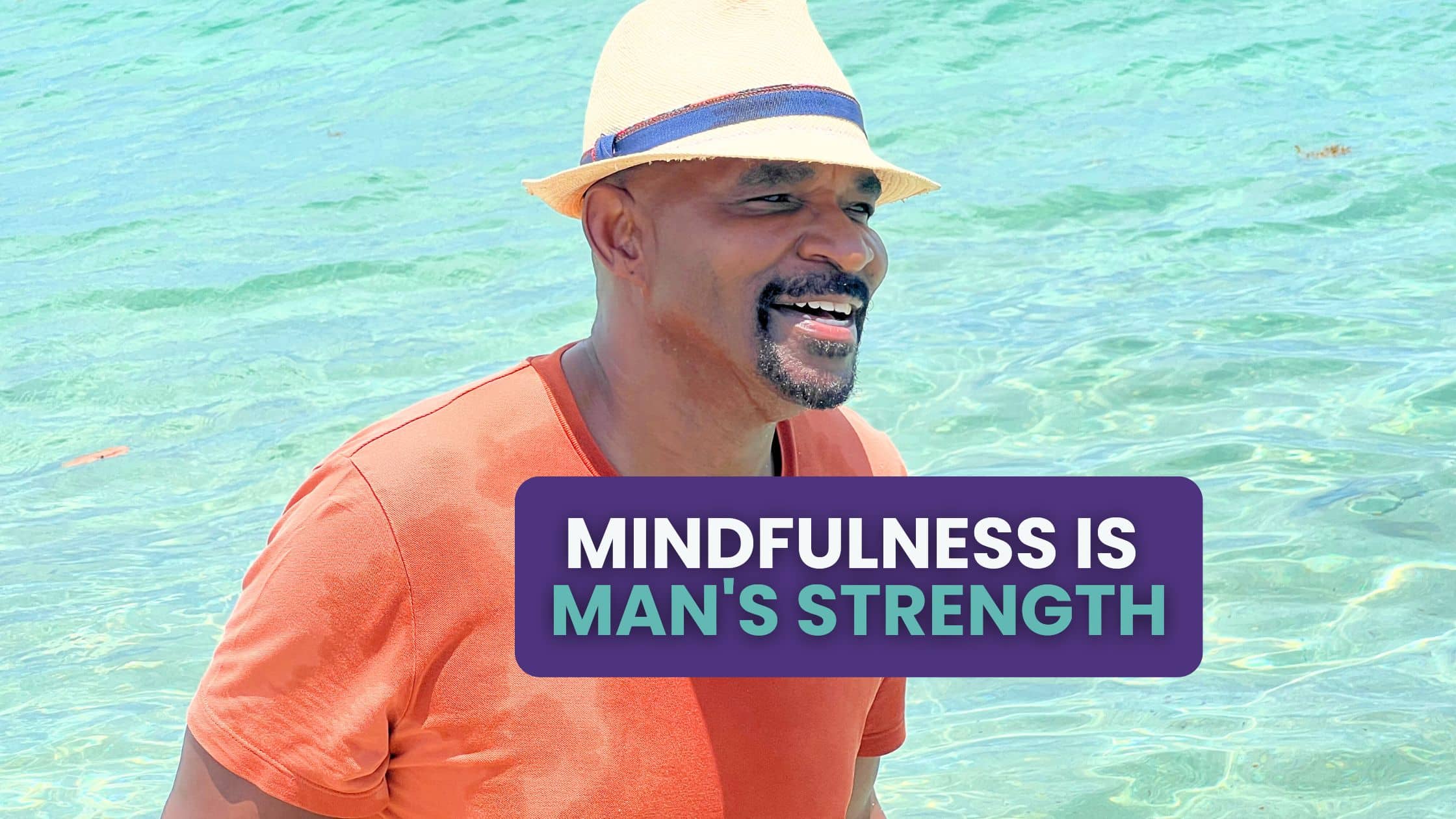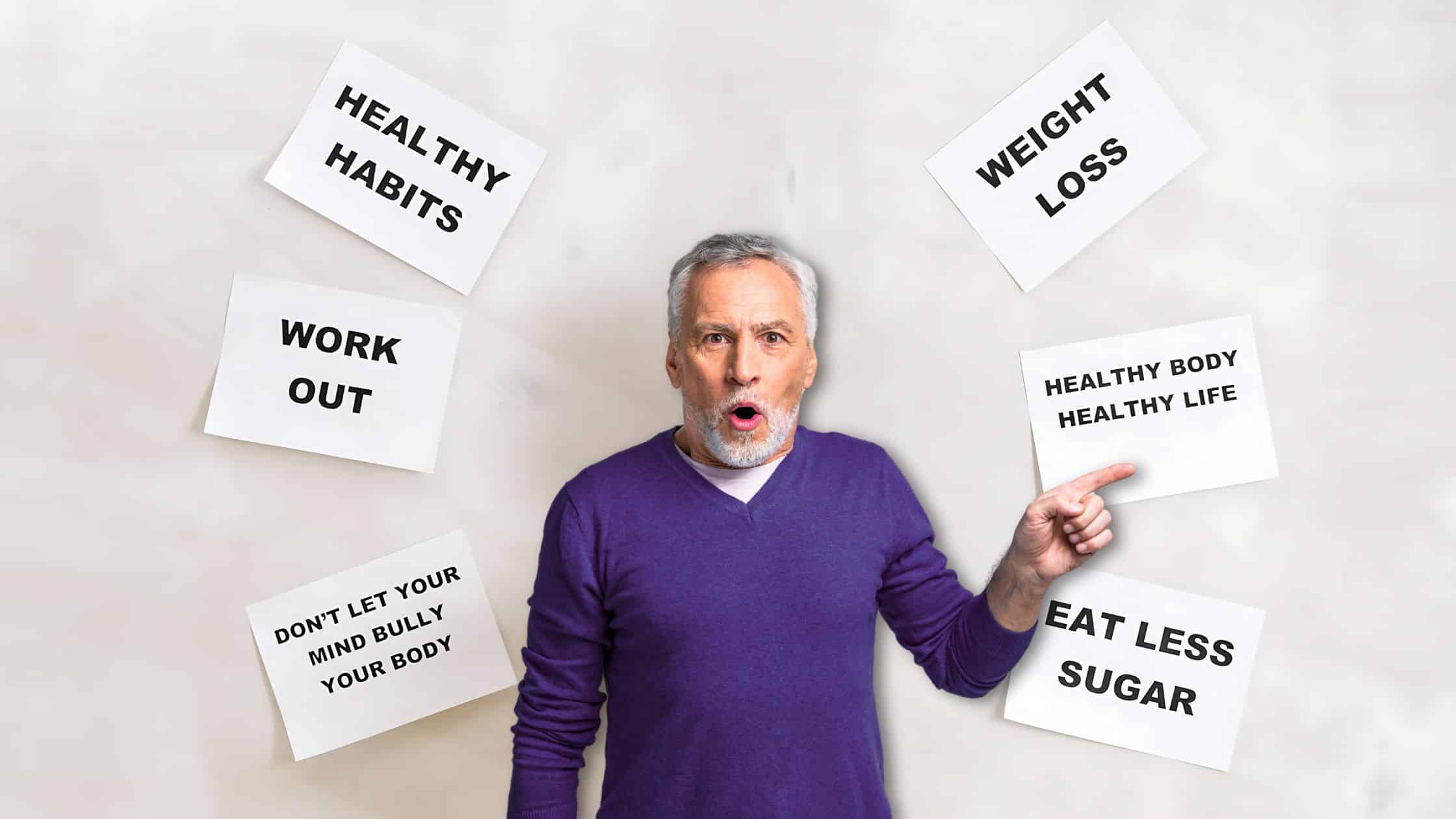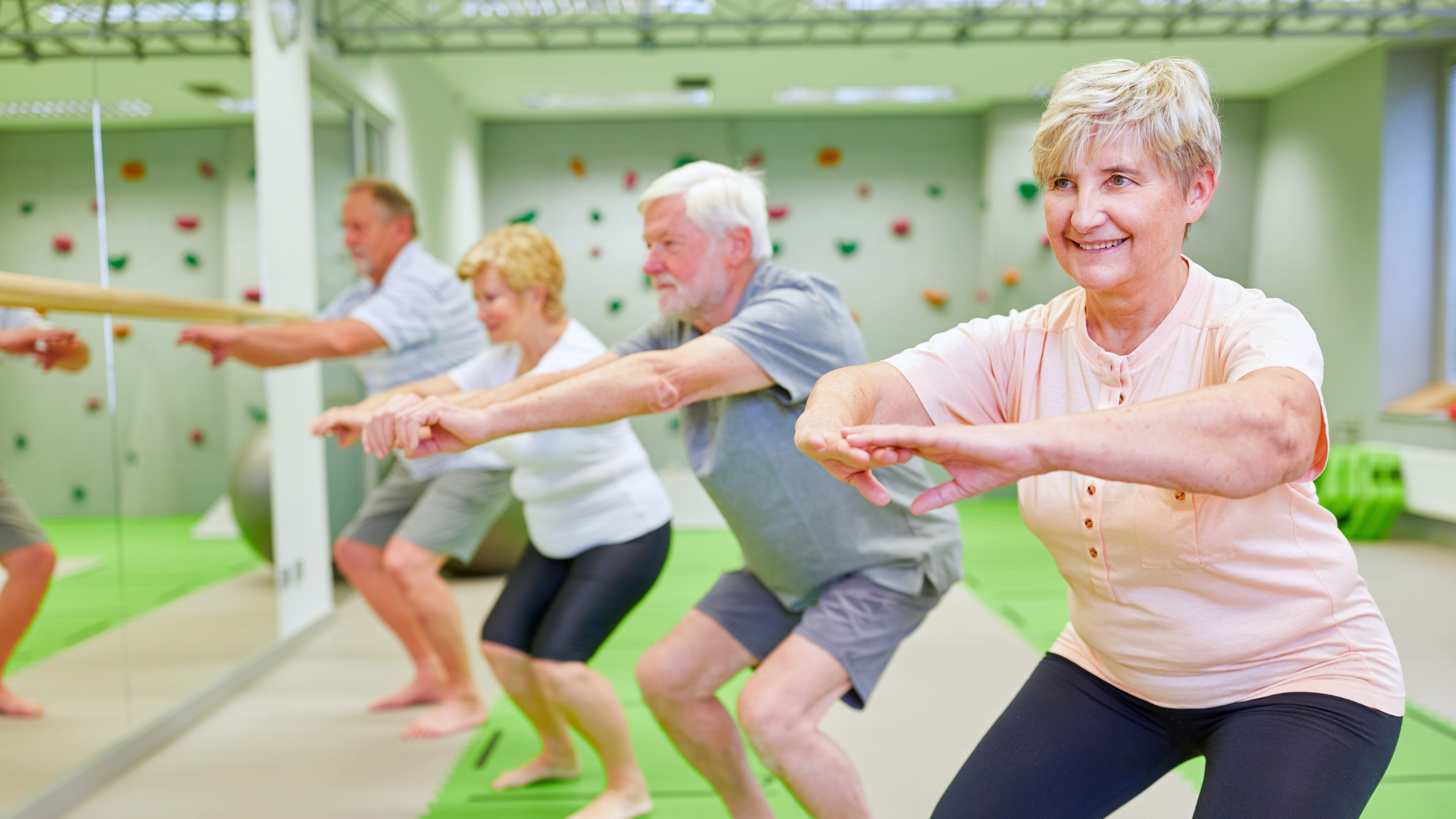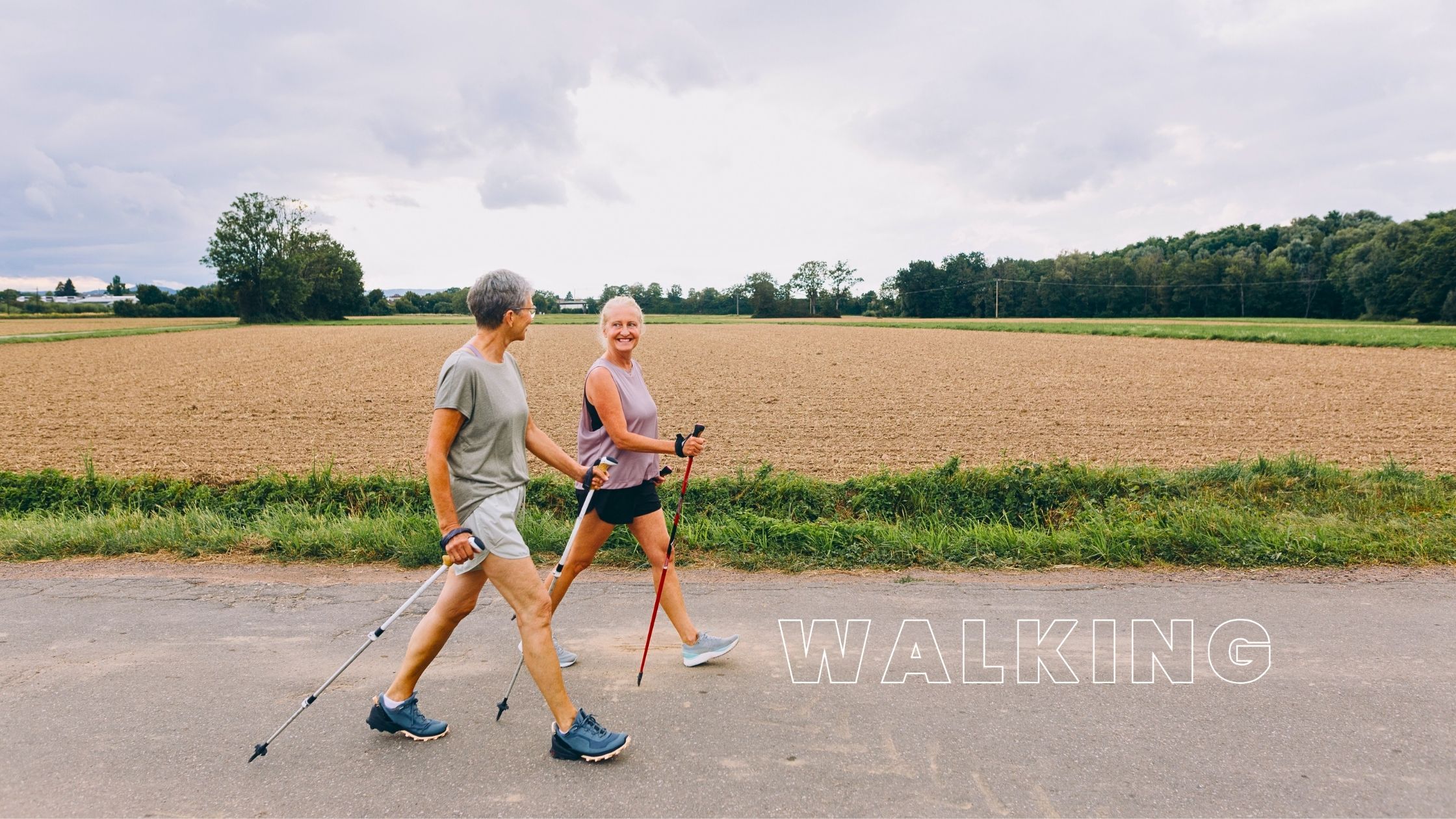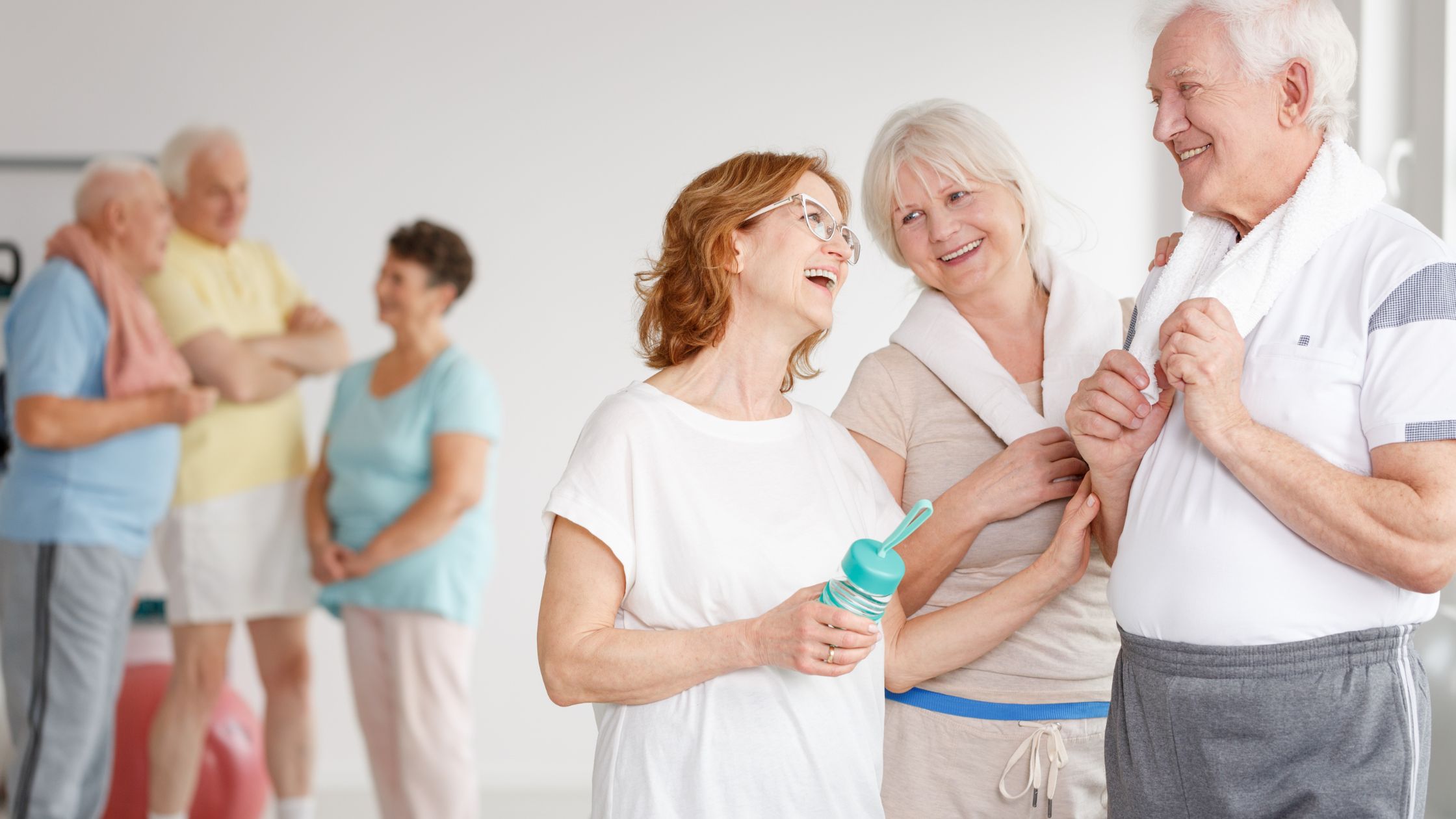“Aging is not the end of the road for athletes; it’s just a new course.”
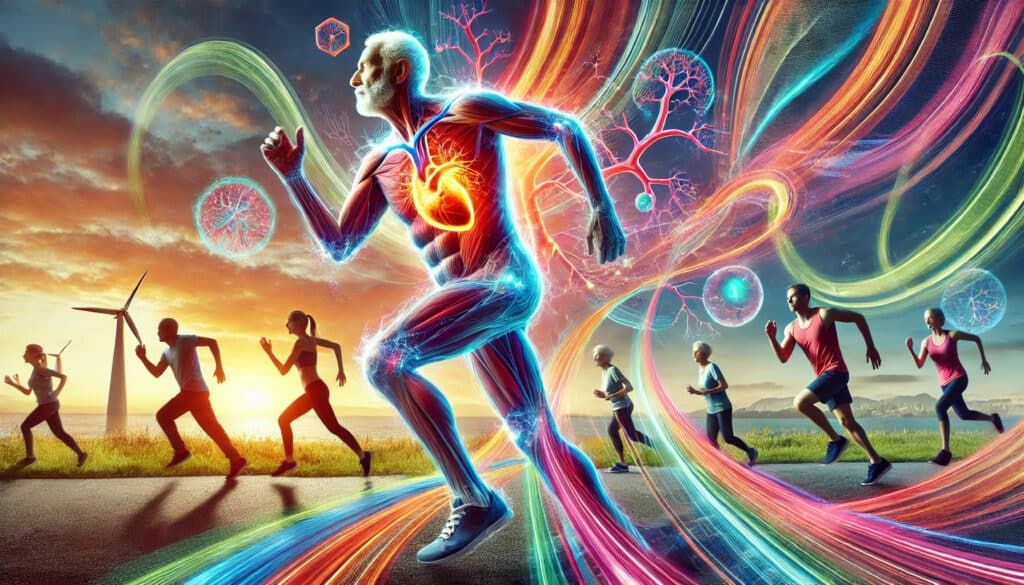
Aging doesn’t mean leaving your athletic identity behind—it’s an opportunity to adapt, evolve, and thrive. The athlete in you isn’t fading; it’s growing stronger in new ways. Let’s explore how you can embrace these changes to maintain performance, strength, and endurance.
Understanding the Aging Athlete
The Natural Changes
As we age, certain changes in our bodies are inevitable:
- Muscles: Muscle mass decreases over time due to sarcopenia, which accelerates after age 60.
- Bones: Bone density diminishes, increasing the risk of fractures and osteoporosis.
- Joints: Cartilage wears down, and joint fluid decreases, leading to stiffness and reduced mobility.
- Cardiovascular System: The heart may become less efficient at pumping blood, and blood vessels may become stiffer.
- Respiratory System: Lung capacity may decrease, making it harder to breathe deeply.
- Nervous System: Reaction time may slow, and coordination may decline.
- Balance: The sense of balance may worsen, increasing the risk of falls.
- Flexibility: Muscles and tendons may become tighter, reducing flexibility.
These changes don’t mean the end of athleticism. Instead, they offer an opportunity to adapt and evolve your approach to fitness and health.
10 Ways to Enhance Performance and Longevity

#1 - Prioritize Strength Training
Resistance training combats muscle loss and boosts metabolic health. Start with bodyweight exercises or light weights, gradually increasing intensity.
#2 - Focus on Mobility and Flexibility
Dynamic stretching, yoga, and Pilates improve joint health and range of motion, reducing stiffness.
#3 - Protect Your Bone Health
Incorporate weight-bearing activities like walking, jogging, or squats to strengthen bones and prevent osteoporosis.
#4 - Optimize Nutrition and Hydration
Fuel your body with 20–30g of protein per meal, and prioritize calcium and vitamin D. Stay hydrated to maintain joint lubrication and muscle function.
#5 - Adapt Your Training and Recovery
Allow for longer recovery periods to avoid overuse injuries. Incorporate tools like foam rollers and active recovery days to minimize soreness.
#6 - Get Sufficient Sleep
Aim for 7-8 hours of quality sleep each night to support muscle recovery, hormone regulation, and cognitive function.
#7 - Manage Stress Levels
Chronic stress can negatively impact performance and overall health. Practice relaxation techniques like meditation or deep breathing exercises.
#8 - Incorporate Balance and Coordination Exercises
Improve stability and reduce the risk of falls by including exercises that challenge your balance and coordination.
#9 - Listen to Your Body
Pay attention to pain or discomfort, and modify your workouts or rest as needed. Pushing through pain can lead to injuries.
#10 - Regular Medical Checkups
Consult your doctor for regular checkups and screenings to monitor your health and address any potential issues early on. Early detection is key to preventing serious injuries.

Building a Tribe of Aging Athletes
You’re not alone in this journey. Join fitness communities or local clubs to connect with others embracing pro-aging fitness. Sharing experiences keeps you motivated and accountable. Finding a group or community of like-minded people can help you stay motivated and accountable in your pro-aging and longevity journey.
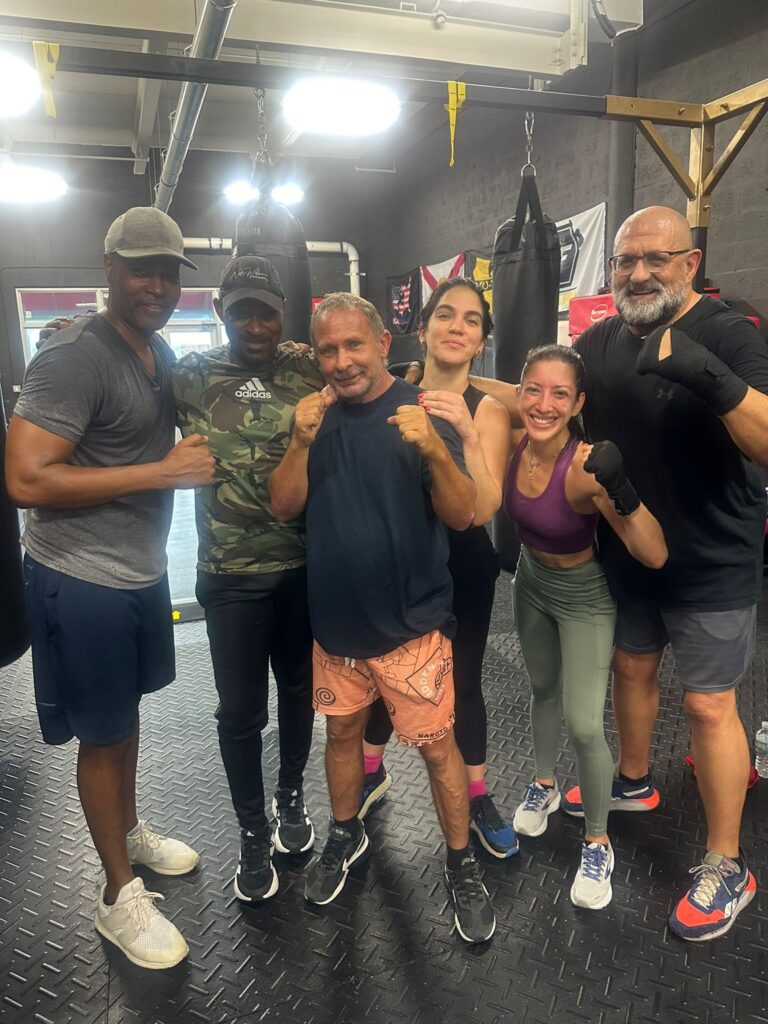
Quality of Life Is the Ultimate Goal
Staying active isn’t just about hitting athletic milestones—it’s about enhancing your life. Physical activity improves:
- Mental clarity
- Emotional resilience
- Physical independence
The aging athlete in you isn’t just surviving; it’s thriving. By focusing on functional performance and longevity, you ensure a healthier, more fulfilling life.
Final Thoughts
Aging is not a limitation; it’s an evolution. As we age, it’s important to embrace the changes that come with time and adapt our approach to fitness and health. By following these 10 pro-aging tips, you can maintain performance, strength, and endurance, and enhance your quality of life.

